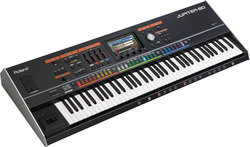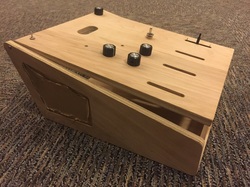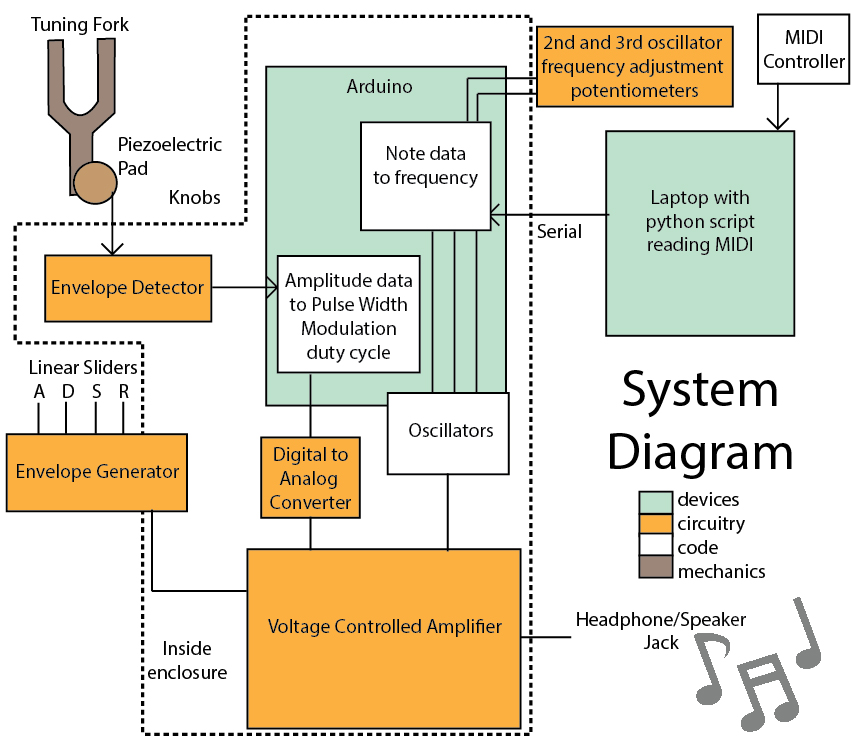Basics of Synthesizers and Our Design Choices
All components are explained in their respective sections as linked to in "The Tech" page.
Electrical Components |
Oscillators
The first step in the sound creation process is to generate tones using oscillators. These tones are then combined and shaped into the rich sounds of a synthesizer. We used both analog and digital methods of generating these tones. Musical Instrument Digital Interface The Arduino code interprets MIDI pitch data, translates the amplitude at which the tuning fork was struck into a control voltage for volume, and produces/outputs the appropriate signals. |
System Diagram
|
Cost of components and
where to find them is in our |


